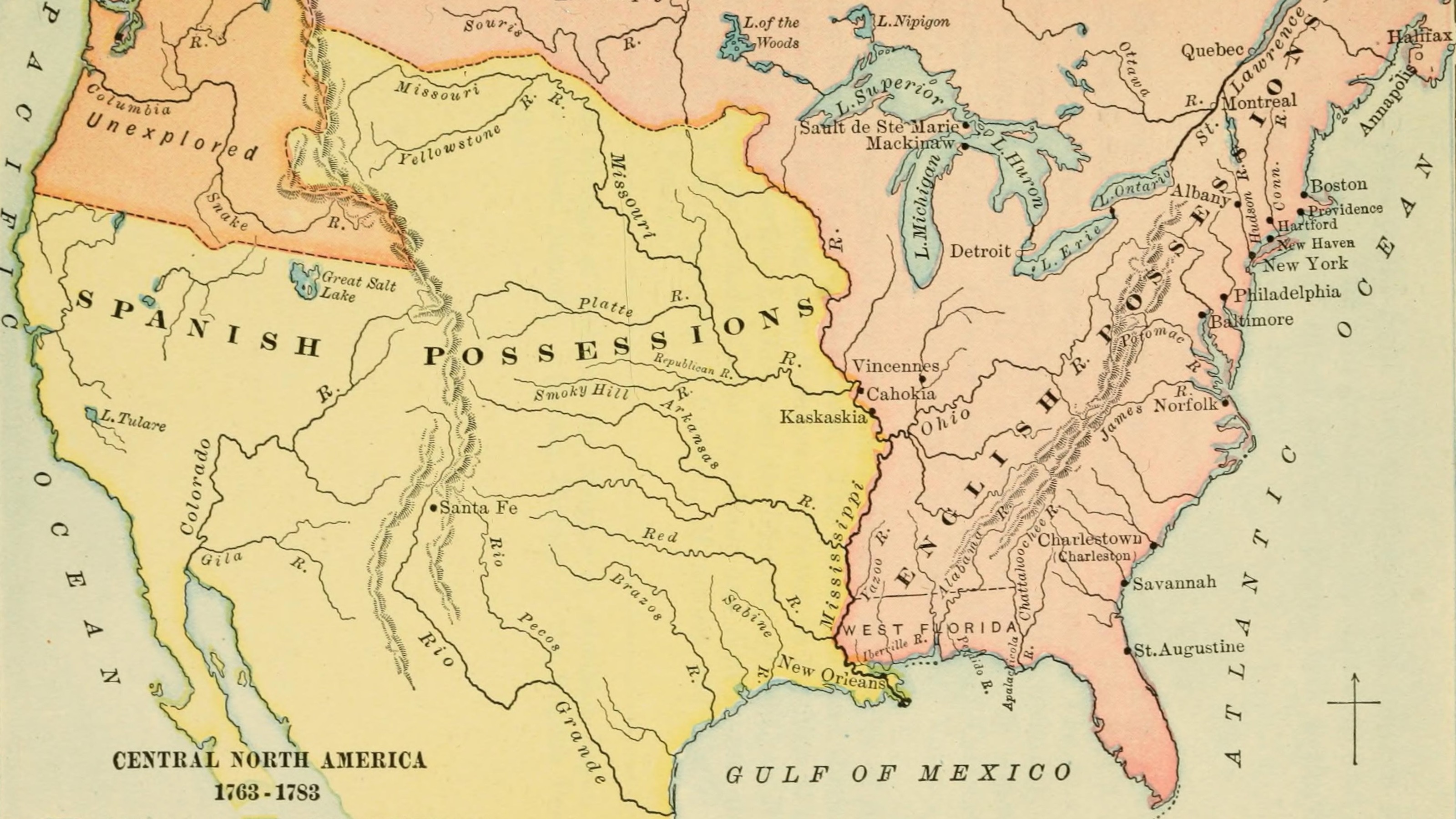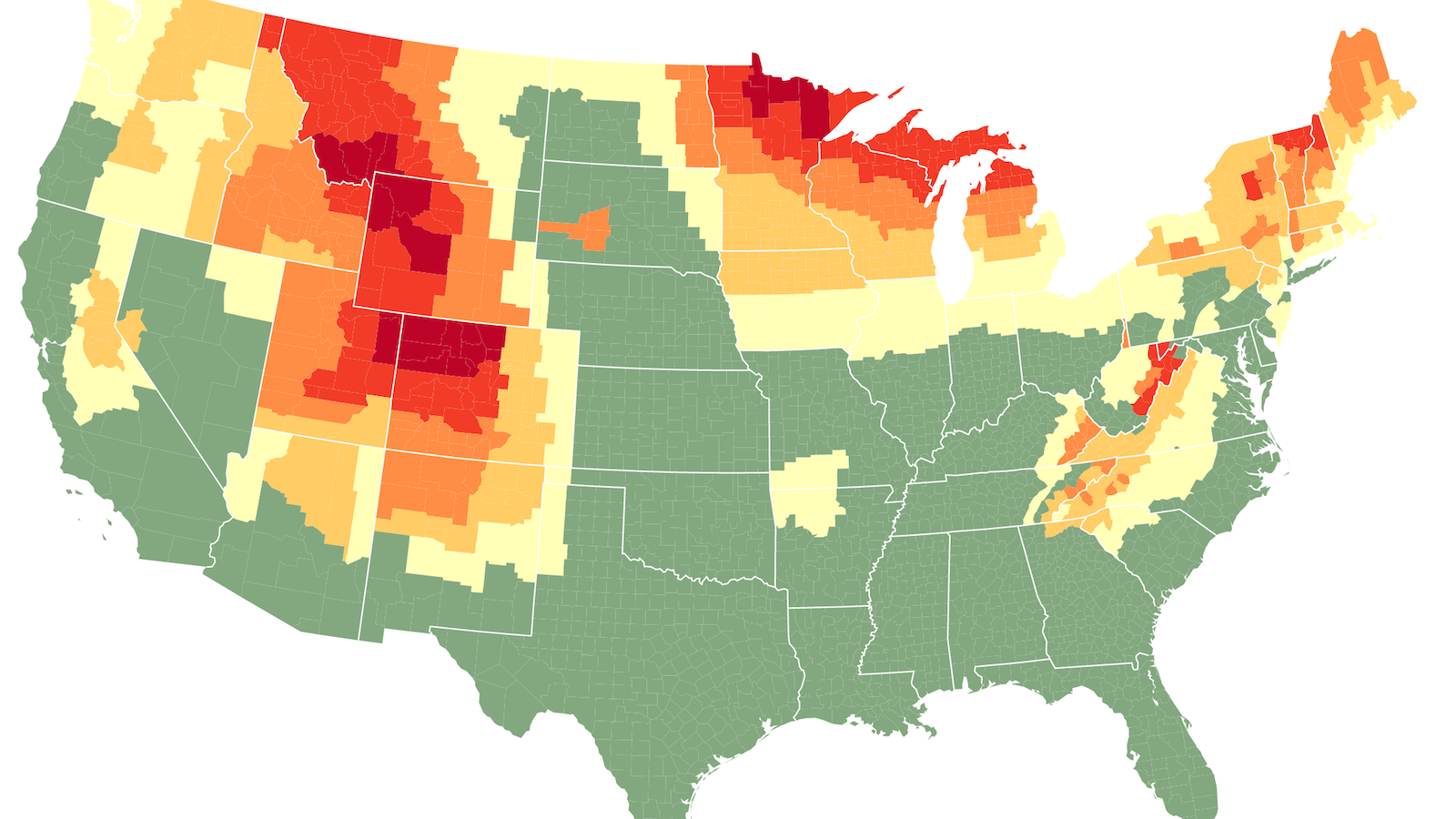One man visited all 2964 bus stops in San Francisco — for science

Credit: Marcel Moran / Journal of Public Transportation – CC BY-NC 4.0
- In three months last year, Marcel Moran visited all of San Francisco's bus stops.
- His aim: to map the quality of their signage, seating, shelter, and other amenities.
- Correcting the imbalances he found could be the key to increasing ridership.

The San Francisco County Municipal Transportation Authority (SFMTA) has nearly 3,000 bus stops in its network. Over three months in mid-2020, Marcel Moran visited every last one of them.
Not just a weird hobby
It would have been one of the weirder ways to kill time during the first months of the pandemic, but Mr. Moran’s reasons were more noteworthy than that. His was the first comprehensive survey of San Francisco’s bus stop amenities — more precisely, the level of comfort and security that they provide.
Previous studies show that the presence of seats, shelter, and even nearby trees make waiting for the bus seem shorter. Also, electronic screens showing estimated times of arrival (ETAs) reduce the frustration of waiting.
This suggests that a well-furnished bus stop will reassure riders and can even attract more. On the other hand, a shoddy, neglected bus stop will do the opposite. Accordingly, a number of transit agencies aim to improve the quality of their bus stops. However, what’s missing from their approach is a comprehensive study of bus-stop amenities to underpin such a strategy.
Or it was, until now. Mr Moran, a Ph.D. candidate in city planning at Berkeley, has produced a “census” of bus stop amenities throughout San Francisco — the first standardized overview of its kind. For each of the stops, he wanted to know: Is it properly indicated? Does it offer seating and/or shelter? Is there an electronic message board with real-time traffic info — and does it work properly? And is the access from curb to bus unobstructed by parked cars?
No seating, no shelter, no signage — no riders?

In a number of ways, San Francisco is an ideal place to test the quality of public transport amenities. The city is something of a laboratory for mobility innovation — see experiments with dynamic parking prices, shared bicycle and e-scooter programs, and a ban on private cars along Market Street.
Already in 1973, San Francisco declared itself a “transit first” city, meaning that city policies would favor public transport over private cars. The policy remains in place today, although this will come as a surprise to many who use the city’s public bus network.
Because Mr Moran’s survey found that:
- Only 34 percent of San Francisco’s bus stops offer seating of some kind.
- Only 31 percent featured shelter from the elements.
- At 32 percent of bus stops, on-street parking obstructed curbside access to the buses.
- Only 30 percent displayed a route map, usually as part of a shelter.
- Only 23 percent of bus stops had ETA screens (and they did not work at 2 percent of stops).
- 11 percent did not appear to have any kind of visible signage at all.
- Some bus routes have seating at 75 percent of stops, while others no more than 10 percent.
The study’s findings, which appear in an article in the upcoming issue of the Journal of Public Transportation, not only point to large shortcomings in San Francisco’s bus stop amenities but also reveal a glaring geographical gap. While “a majority of (San Francisco) bus stops lack both seating and shelter of any kind,” Mr. Moran remarks that “amenity ‘coldspots’ nearly all lie within the city’s southern half.”
North vs. South

The comfort level of bus stops is generally much higher in the northern half of the city, the location of its central and commercial districts. It is much lower in the south, which is more residential and peripheral.
- In the north, 45 percent of bus stops had seating, and 42 percent offered shelter.
- Also, more than 80 percent provided curb-to-bus access unhindered by on-street parking.
- In the south, only 22 percent of bus stops had seating, with the same share of the total offering shelter.
- The level of barrier-free bus access was also lower, at just 53 percent.
It will surprise few that there are socioeconomic and racial components to the imbalance, with the north of the city generally being wealthier and whiter than the south, which is poorer and with more people of color.
Public transport, including by bus, is key to reducing the congestion and pollution caused by urban traffic. Yet bus ridership in the U.S. has been on a slow and steady decline for years — and a precipitous one since the start of the pandemic.
Reversing the trend via the “social minimum”

Reversing that trend will require raising the quality of public transport, but in most such considerations, the amenities provided by bus stops play little or no part. Mr Moran’s study could help change that. “When parking is abundant and free, and bus stops in many neighborhoods are genuinely hard to spot and uncomfortable to wait at, we sift out many would-be riders,” he told CityLab.
In his article, he advocates the social minimum principle, which would require a minimum level of amenities at all bus stops within the network. Approached by CityLab, the SFMTA said it was aware of “imbalances” in bus stop quality but planned to provide uniform signage for all, making them more visible and user friendly. No word, however, on seating, shelter and barrier-free access.
For more on Marcel Moran’s study, see his article: Are Shelters in Place?: Mapping the Distribution of Transit Amenities via a Bus-Stop Census of San Francisco, cited here by the Berkeley Institute of Transportation Studies, and soon in the Journal of Public Transportation (Vol. 23, No. 3 – July 2021).
Also, check out Bloomberg CityLab for interesting stuff on urban design issues — plus some cool cartography content in the sub-series MapLab.
Strange Maps #1099
Got a strange map? Let me know at strangemaps@gmail.com.





